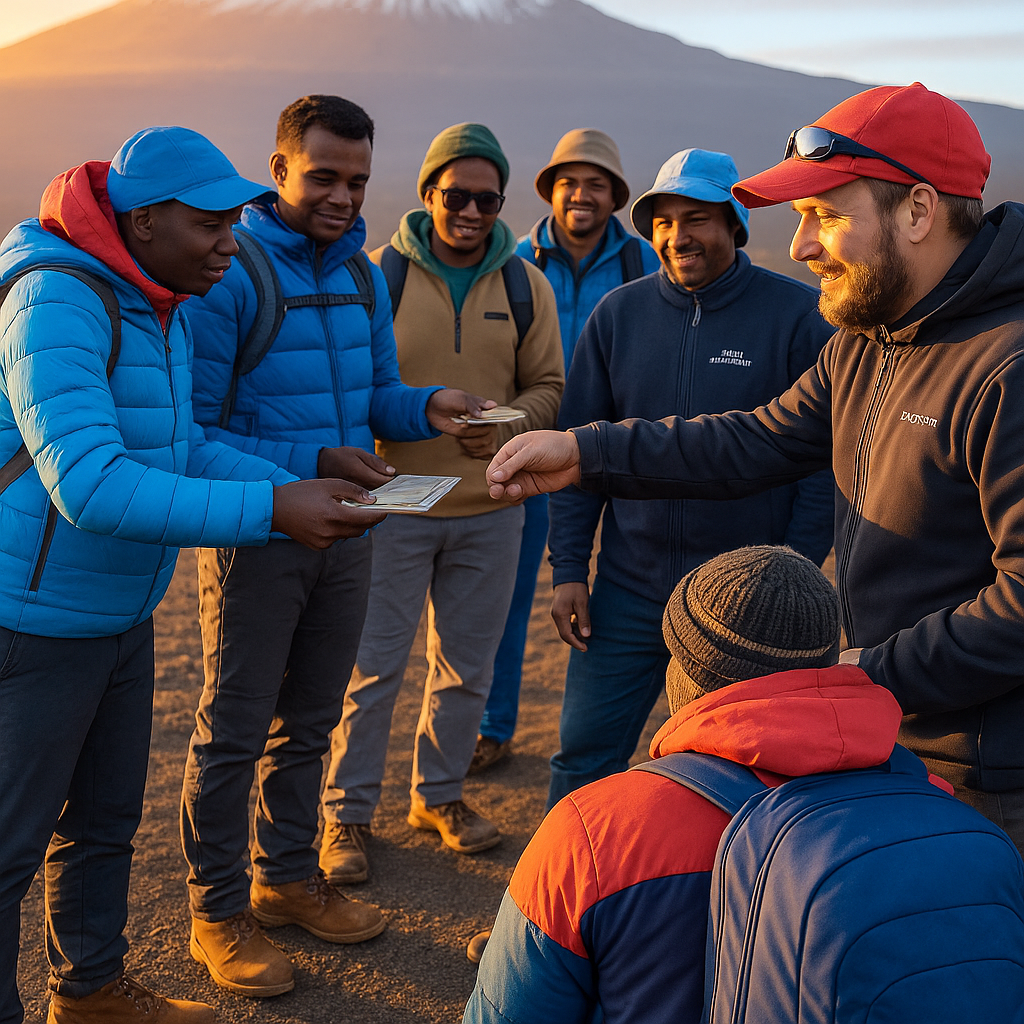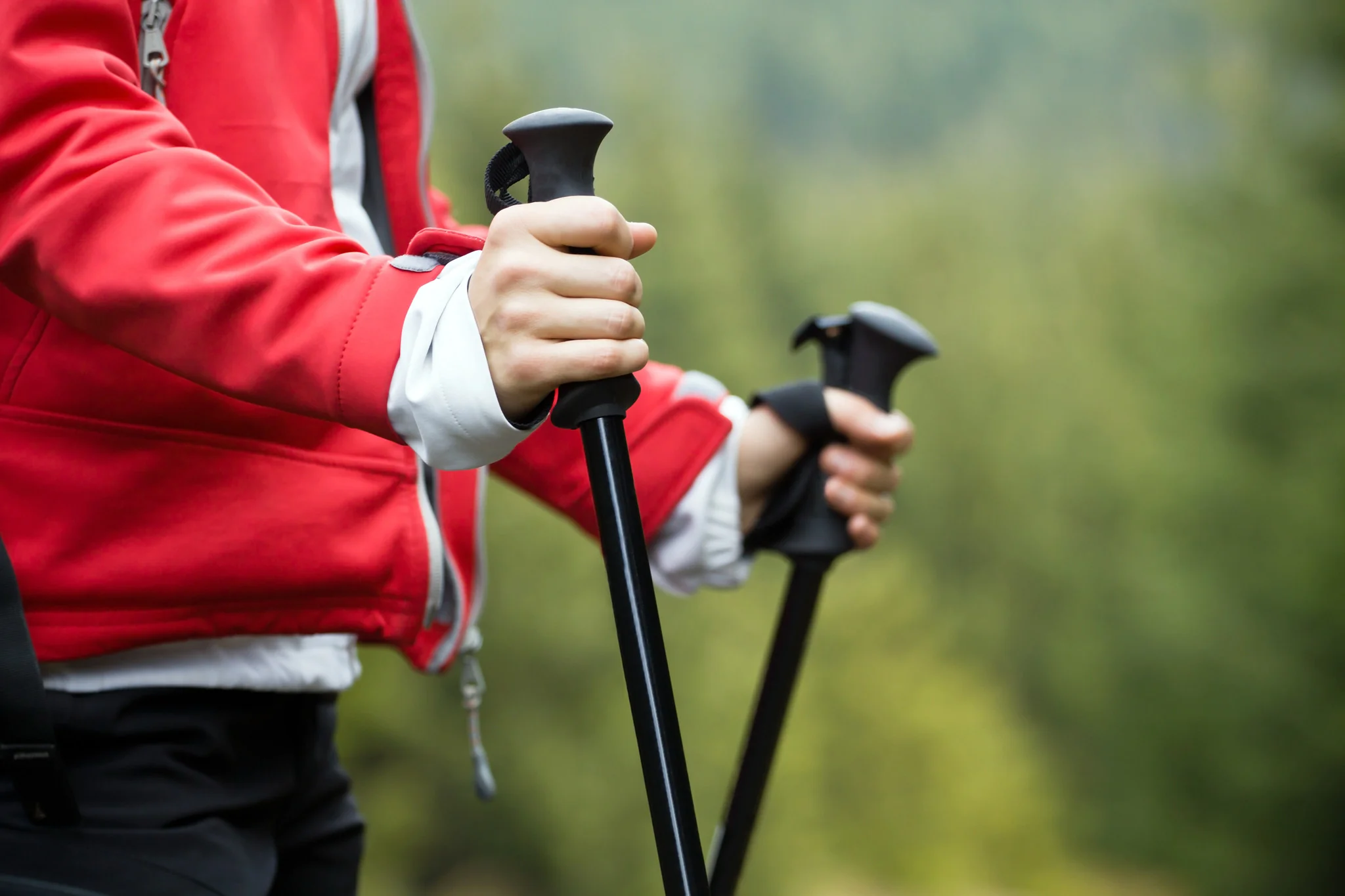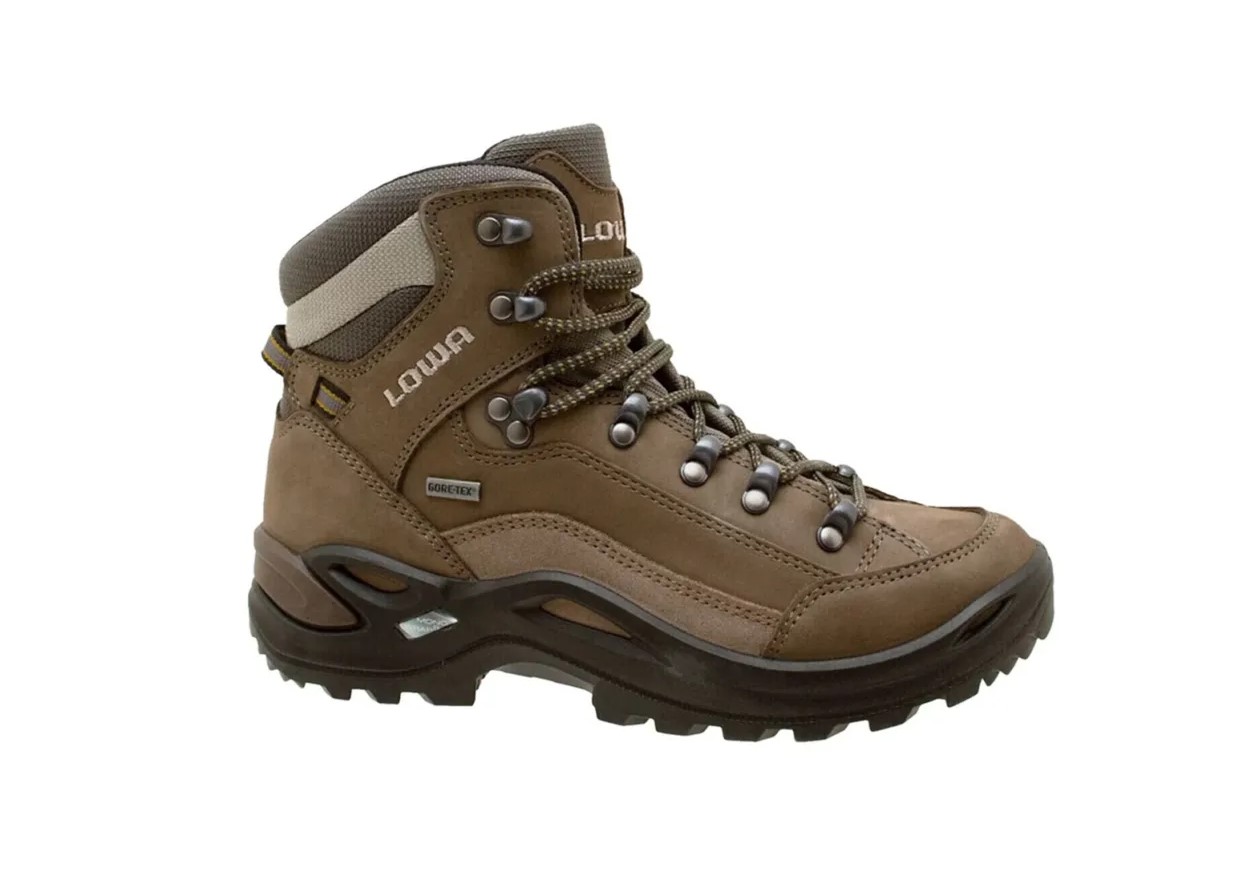Exploring Kilimanjaro’s Alpine Desert Zone
At 4,000–5,000m (13,200–16,400ft), Mount Kilimanjaro’s alpine desert is a stark, otherworldly landscape that feels like stepping onto another planet. Often overshadowed by the lush rainforest or icy summit, this fourth climate zone offers unique beauty and challenges. Kilisherpas Travel, with a 95%+ summit success rate across 20,000+ ascents since 2021, guides you through what to expect and how to prepare for this critical stage of your 2025 climb.
What Is the Alpine Desert Like?
An Alien Environment
- Description: A barren, volcanic landscape of ash, dust, and rocks, resembling a lunar or sci-fi movie set.
- Soundscape: The soft “clink” of rocks tumbling underfoot creates a unique geological soundtrack, as noted by Kilisherpas guide Juma.
- Atmosphere: Quiet and desolate, offering a meditative prelude to the summit push from camps like Barafu (4,673m) or Kosovo (4,900m).
Stunning Views
- Landscape: Dusty browns contrast with a vibrant blue sky, often above a sea of clouds.
- Highlights: Views of Moshi, Arusha, and Mount Meru from camps like Karanga (3,995m) or Barafu. The Kibo cone looms closer, signaling Uhuru Peak’s proximity.
- Experience: The “undercast” cloud horizon creates a magical, elevated perspective.
Kilisherpas Tip: Pause at Karanga Camp for photos of the cloud ocean and distant valleys.
Harsh Conditions
- Temperature: Daytime up to 10°C (50°F); nighttime drops to -10°C to 0°C (14°F–32°F) (see Temperature Guide).
- Sun Exposure: Thin air at 4,000m+ amplifies UV rays, increasing sunburn risk.
- Dryness: Receives <10 inches of rain yearly; wind and sun exacerbate dehydration.
- Wind: Gusts kick up dust, potentially irritating lungs/sinuses.
- Altitude: Breathing becomes harder; Acute Mountain Sickness (AMS) risks rise.
How to Prepare for the Alpine Desert
Gear Essentials
- Sun Protection:
- Sunglasses: Polarized, UV-protective to prevent snow blindness (e.g., Julbo, ~$50).
- Sunscreen: SPF 50+ (UVA/UVB) for face/neck (e.g., Neutrogena, ~$10).
- Lip Balm: SPF 30+ (e.g., Burt’s Bees, ~$5).
- Warm Layers:
- Beanie: Merino wool or synthetic for sleeping (e.g., Smartwool, ~$25).
- Insulated Jacket: Down or synthetic for nighttime cold (rent via Kilisherpas for $65).
- Neck Gaiter: Shields nose/mouth from dust (e.g., Buff, ~$20).
- Footwear:
- Gaiters: Short or long to block scree/dust (e.g., Outdoor Research, ~$40).
- Boots: Waterproof, broken-in with ankle support (e.g., Lowa Renegade GTX, ~$200)
- Hydration:
- Water Bladder/Bottle: Carry 3–4L daily; use a 1L bottle to prevent freezing (e.g., Nalgene, ~$15).
- Electrolytes: Add to water for flavor and balance (e.g., Nuun, ~$8).
Tip: Apply sunscreen every 2 hours; cover all exposed skin, even if it feels cool.
Health and Hydration
- Hydration: Drink 4–5L daily to combat dryness and AMS. Kilisherpas provides treated stream water at camps.
- Breathing: Use a neck gaiter to filter dust and reduce sinus irritation.
- AMS Monitoring: Report headaches or nausea to guides; Kilisherpas checks vitals twice daily with pulse oximeters.
Tip: Sip water every 15–20 minutes, even without thirst, to maintain energy.
Mental Preparation
- Mindset: The sparse landscape focuses you on the summit. Visualize Uhuru Peak to stay motivated (see Success Guide).
- Pacing: Walk “pole pole” (slowly) to conserve energy and acclimatize. Guides set a conversational pace.
- Camp Routine: Rest at Karanga or Barafu to prepare for summit night (12–14 hours).
Why the Alpine Desert Matters
- Transition Zone: Bridges moorland’s flora to the arctic summit, preparing you for the final push.
- Mental Focus: Its barrenness sharpens your resolve, as the summit feels tantalizingly close.
- Physical Test: Challenges your gear, hydration, and acclimatization, setting the stage for success.
Kilisherpas Advantage: Our 8-day Lemosho route uses Kosovo Camp (4,900m) in the alpine desert, shortening summit night and boosting success to 95% (see Machame vs. Lemosho).
Why Climb with Kilisherpas Travel?
- Expert Guidance: WFR-certified guides monitor health and pace in the alpine desert.
- Safety: Oxygen, first-aid kits, and helicopter evacuation partnerships.
- Gear Support: Rentals for jackets, gaiters, and more ($50–$65).
- Ethics: KPAP-compliant, ensuring fair porter treatment.
Ready for Kilimanjaro’s Alpine Desert?
The alpine desert’s stark beauty and harsh conditions are a pivotal part of your Kilimanjaro journey. Kilisherpas Travel equips you for success in 2025 -2026. Book your climb, download our Packing List, or explore our hiking tours.


